You might run into problems with a standard QI charger because, as you say, it is intended to work with much bigger coils BUT it boils down to making a coil and choosing a resonant capacitor to optimize it at the correct operating frequency. However QI chargers do have facilities to detect the presence of metal objects placed on "the surface" and a smaller coil may cause problems. It's difficult to be precise on this because it depends on several factors.
If you can get past these technical issues you should be able to get a few hundred milli watts transfer power to a similar sized and resonant receive coil placed very close by but don't expect the 40mm range claimed by some systems - the coils are smaller and therefore to get the same coupling the distance has to proportionately reduce. You can consider using ferrite to concentrate the flux of course and this is a well-known method for increasing coupling.
The basic problem with magnetic coupling to provide power transfer is that once you are beyond a certain distance, the power falls as the sixth power of the distance - in other words if you double the distance, the power received reduces by 64:1. Take a look at this diagram: -

This diagram tells you that the magnetic field flux density at a certain distance from a circular coil falls (z>>R) at 1/distance(z)\$^3\$. This means the received voltage by another coil at distance z falls by the same ratio and of course power is proportional to V\$^2\$ hence the power falls as (distance)\$^6\$.
A smaller coil (R smaller) means this "difficult" zone is reached much earlier compared to a bigger coil. If you use the calculator here and enter 0.005m as coil radius and 1A as the coil current, the flux density (in the plane of the coil and at the centre) is 0.1257 mT. At 5mm away along the centre line B drops to 0.0444 mT i.e. a reduction of 2.83:1. This reduction means the received voltage reduces by 2.83:1 and the power reduction is about 8:1.
For a coil of radius 0.05m (i.e. 10 x the diameter) the drop-off in B is only 1.015:1 at distance of 5mm. Making coils smaller means everything gets scaled down. To get the same reduction in flux density means the receiver coil can be spaced at 500mm distant along the centre-line. This tells you that things scale up and down linearly in this scenario.
It's not going to be much different for square shaped coils (except for the math being surprisingly impossible to derive)!
